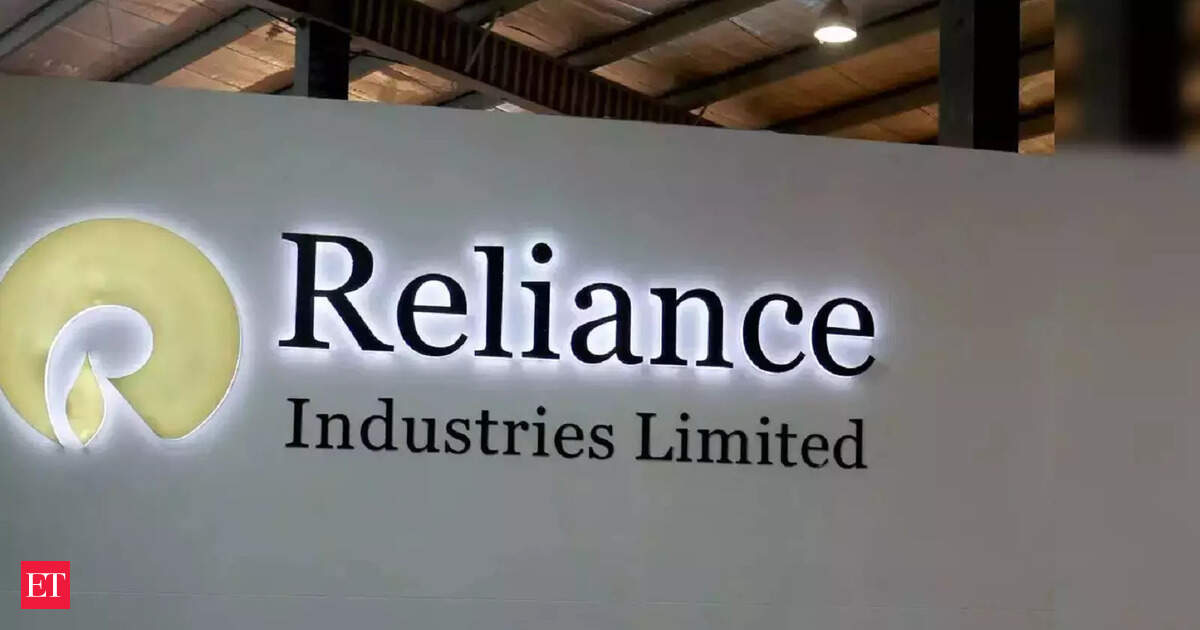Key Takeaways
- Reliance Industries is on track to operationalize gigafactories within four to six quarters, as part of a $10 billion investment in clean energy.
- The company’s new energy segment is expected to become a major growth driver, with analysts valuing it at roughly $17 billion.
- Challenges include global solar overcapacity and potential trade impacts on Indian exports, according to analysts.
Investment in Clean Energy
Reliance Industries is making significant strides in operationalizing gigafactories to support its new energy business, a move that has bolstered analyst confidence. Led by billionaire Mukesh Ambani, the company disclosed its progress towards a $10 billion investment aimed at building a clean energy portfolio and achieving net-zero carbon emissions by 2035. This investment was originally announced in 2021 and marks a pivotal shift towards sustainable energy solutions.
The conglomerate anticipates that its clean energy factories will be operational in four to six quarters. Once established, the business model will rely on self-funding through partnerships for offtake and financing. Analysts from Nomura noted that the new energy segment could be the next significant growth driver for Reliance. They emphasize the company’s ambition to achieve world-leading scale in both solar solutions and battery manufacturing.
The clean energy construction project, spanning an impressive 44 million square feet in Gujarat, is nearly four times larger than Tesla’s gigafactory in Nevada. Ambani has previously stated that the new energy venture is expected to become as profitable as its oil-to-chemicals segment within five to seven years. Currently, the oil-to-chemicals sector accounts for approximately 55% of Reliance’s overall revenue but is witnessing a slowdown in earnings growth.
Research from Emkay Global recently updated its valuation for the new energy segment, estimating it at about 1.5 trillion rupees (around $17 billion), effectively double the capital invested thus far. Similarly, Jefferies indicated that Reliance is well-positioned to benefit from the global energy transition, valuing its solar vertical at $15 billion and the entire group at $295 billion.
Despite the optimistic outlook, Jefferies also highlighted certain near-term challenges. Global solar overcapacity and the potential for U.S. trade actions that could impact Indian exports present notable risks for the new energy business. This backdrop of increasing competition and regulatory scrutiny may pose hurdles as Reliance pushes forward with its ambitious plans.
Nevertheless, the momentum around Reliance’s new energy initiatives is promising. The company’s focus on sustainability aligns with global trends, positioning it favorably in a rapidly evolving energy market. As the transition to cleaner energy sources accelerates, Reliance’s gigafactory project could play a crucial role in reshaping not only the company’s future but also the broader landscape of India’s energy sector.
The content above is a summary. For more details, see the source article.















